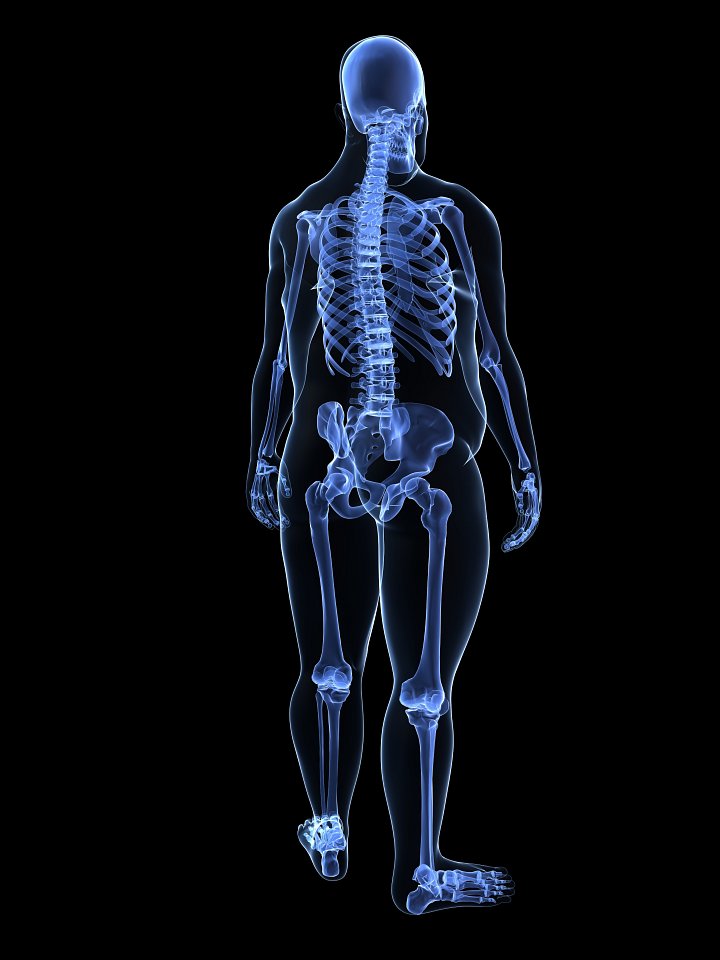 Occupational health and safety programs in many industrial sectors have made significant strides to reduce accidents and acute injuries associated with various hazards. This is very commendable, and should be celebrated throughout North American industry.
Occupational health and safety programs in many industrial sectors have made significant strides to reduce accidents and acute injuries associated with various hazards. This is very commendable, and should be celebrated throughout North American industry.
At the same time, improvements in occupational health and safety programs are still achievable. Musculoskeletal injuries, in the form of sprains, strains and tears to soft tissue and injuries to bony tissue remain a common occupational injury. Recent statistics from the United States show that 34% of all lost time claims are associated with sprain, strain and tears of musculoskeletal tissue. In Ontario, 41% of all lost time claims associated with sprain, strain and tears of musculoskeletal tissue; overexertion was noted as a factor in 20% of all lost time claims. Here in Alberta, 49.4% of all lost time claims associated with sprain, strain and tears of musculoskeletal tissue and 50.8% of disabling injury claims are associated with sprain, strain and tears of musculoskeletal tissue. Overexertion was noted as a factor in 22.3% of all lost time claims in Alberta.
Properly designed, progressive ergonomics programs have been shown to make meaningful impact on risk factors associated with musculoskeletal injuries. However, many companies do not have a formal ergonomics and musculoskeletal health program, outside of blanket coverage in general OHS auditing/reporting. Relying only on stretching/warm-up routines and generic ergonomics advice, rather than developing a customized and comprehensive ergonomics program, is unlikely to help with musculoskeletal injury prevention.
Investment in ergonomics and progressive building of the program takes time. Your ergonomics program should also involve an ergonomist with a wealth of experience and expertise gained in both academic and workplace settings. Each company should review the current level of their ergonomics programs at their workplaces and seek professional advocacy where required. Over time, development of an ergonomics culture among the workforce can begin to make meaningful changes in musculoskeletal disorder outcomes.

